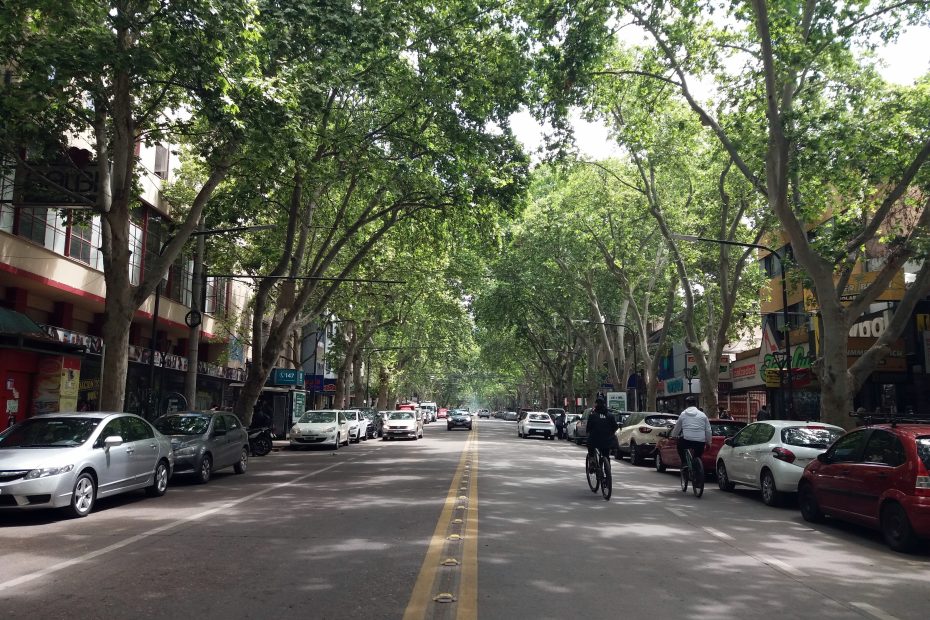Table of Contents
Introduction
Nestled on the shores of the Gulf of Guinea, Malabo serves as the capital and economic hub of the small Central African nation of Equatorial Guinea. Though relatively unknown on the global stage, Malabo offers visitors a vibrant city with a unique blend of African, Spanish, and Portuguese influences. From its palm-fringed beaches to its steamy rainforests, Malabo provides a gateway to experience Equatorial Guinea’s incredible natural beauty and fascinating history. Join us as we take a glimpse into daily life in this coastal capital!
History of Malabo
Malabo has its roots as a small Portuguese outpost known as Port Clarence in the early 1800s. In 1827, the city was formally colonized by the Portuguese and renamed Santa Isabel after Queen Isabel II of Spain. By the late 19th century, Spain had claimed the city as its own, making it the capital of Spanish Guinea. For nearly 150 years, Spanish influence shaped Malabo’s architecture, culture, and institutions. However, calls for independence grew stronger in the 1950s and 1960s. In 1968, Equatorial Guinea finally gained its independence, and Santa Isabel was renamed Malabo. Since then, it has proudly served as the seat of government and center of economic activity for the country.
Geography and Climate
Malabo sits on the northern tip of Bioko Island, an island off the west coast of Central Africa. Several smaller islands also surround Malabo, creating a scenic archipelago. This equatorial location gives Malabo a hot and humid tropical climate year-round, with average temperatures around 80°F. While it has two rainy seasons, it rarely sees extreme rainfall. The beaches and palm trees provide that iconic tropical backdrop, while Equatorial Guinea’s lush rainforests lie just inland. The natural harbor and strategic position have made Malabo a trade hub over its history.
Culture and Demographics
As a former Spanish colony, Malabo reflects a distinctive blend of African, Spanish and Portuguese influences. Beautifully maintained cathedrals and civic buildings display traditional Spanish architecture with an African twist. Local Fang, Bubi, and Fernandino peoples have vibrant musical and dance traditions on display at local venues. Malabo also has sizable populations from across West Africa and beyond. This cosmopolitan atmosphere makes for a dynamic cultural scene.
Economy and Infrastructure
Malabo owes much of its rapid development to Equatorial Guinea’s oil production, which has brought wealth and investment since the 1990s. Today, skyscrapers, five-star hotels, and shopping complexes have transformed the capital’s landscape. Infrastructure projects have improved roads, transportation hubs, and telecommunications. Business centers accommodate oil, gas, and technology companies. While poverty remains an issue, Malabo now boasts a modernized, thriving urban economy.
Tourism Highlights
Malabo offers many excitements for visitors beyond just business. The National Museum displays local Fang art and artifacts in a former Spanish fortress. The ornate Cathedral of Santa Isabel, built in 1898, has stunning stained-glass windows and ecclesiastical art. The bustling Central Market provides opportunities to buy handcrafted masks, baskets, and textiles. Bioko Island’s lush forests and black-sand beaches also allure eco-tourists. Upscale hotels line the coastal avenues and offer luxurious amenities.
Daily Life in the City
As a modernizing capital city, Malabo provides opportunities and amenities to its residents. Boutique hotels and outdoor cafes give the city a cosmopolitan vibe. Universities and technical schools educate Malabo’s youth. Hospitals and clinics provide access to healthcare. Local and international shops cater to a consumer class with growing purchasing power. With a predominantly young population, Malabo has an energetic nightlife scene. Soccer, fishing, sailing, and hiking provide recreation around the city. Overall, Malabo offers an accommodating lifestyle and environment to both Equatoguineans and expatriates.
Conclusion
While one of Africa’s smallest capitals, Malabo provides outsized rewards to visitors looking for culture, natural beauty, and modern amenities. Its strategic location, Spanish-influenced architecture, and vibrant energy give Malabo a unique personality. With improved infrastructure and a booming economy, Malabo seems poised to become an important hub for Central Africa. Whether enjoying the nightlife, exploring the markets, or relaxing at the beach, Malabo offers a glimpse into the heart of Equatorial Guinea.
FAQs
What is the population of Malabo?
The population of Malabo is estimated to be around 297,000 people as of 2018.
What language is primarily spoken in Malabo?
Spanish is the official language spoken in Malabo, a legacy of the country’s colonial history. However, local languages like Fang and Bubi are also widely spoken.
What is the main religion in Malabo?
The predominant religion in Malabo is Christianity, mostly Roman Catholicism. This is another influence from Spanish colonization. However, many indigenous beliefs are still practiced.
What type of climate does Malabo have?
Malabo has a tropical climate year-round, featuring hot and humid weather, high precipitation, and limited seasonal variation. Average temperatures are around 80°F.
What are the top attractions for visitors in Malabo?
Top attractions include the Cathedral of Santa Isabel, Malabo Central Market, La Gaditana Park, the National Museum, and the beautiful beaches along the Malabo coastline. Eco-tourism, such as rainforest tours, is also popular.
